TL;DR: After a hurricane, prioritize safety, assess the damage, and evacuate if necessary. Document the damage for insurance claims. Take steps to get back to normal and reach out to your community for support through government, non-profit organizations and volunteer groups.
After a hurricane, the devastation left behind can be immense. Homes and communities are often left in ruins, and the road to recovery can seem difficult. However, it is important to remember that there is hope and help. In this article, we walk you through the steps you need to take after a hurricane, from keeping yourself safe to navigating insurance claims and finding community support. By following these important guidelines, you can begin the process of recovery and getting your life back to normal.
- 1. Safety First: Steps to Take Immediately After a Hurricane
- 2. Damage assessment: how to assess your property and surroundings
- 3. Navigating Insurance Claims: Tips for Dealing with Coverage After a Hurricane
- 4. Getting back to normal: important steps to recovery and rebuilding
- 5. Community support: Finding help and resources after a hurricane
1. Safety First: Steps to Take Immediately After a Hurricane
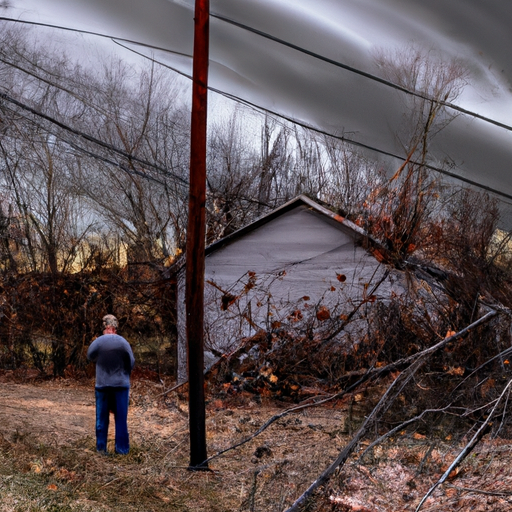
After a hurricane has passed, it is critical to prioritize safety and take immediate action to ensure the well-being of yourself and others. Here are some important steps to take after a hurricane:
1. Stay in the know: Keep up to date with the latest news and information through local authorities, radio or other reliable sources. They will provide updated information on the situation, evacuation orders and safety instructions.
2. Assess the damage: Before going outside, carefully assess your surroundings for potential hazards. Look for downed power lines, damaged buildings or trees that could pose a threat. If you suspect any structural damage to your property, it is best to stay inside until it is safe to exit.
3. Check for injuries: If someone in your family is injured, seek immediate medical attention. If the injury requires immediate care and you are unable to reach medical personnel, call 911.
4. Evacuate if necessary: If authorities have issued an evacuation order, that is
2. Damage assessment: how to assess your property and surroundings
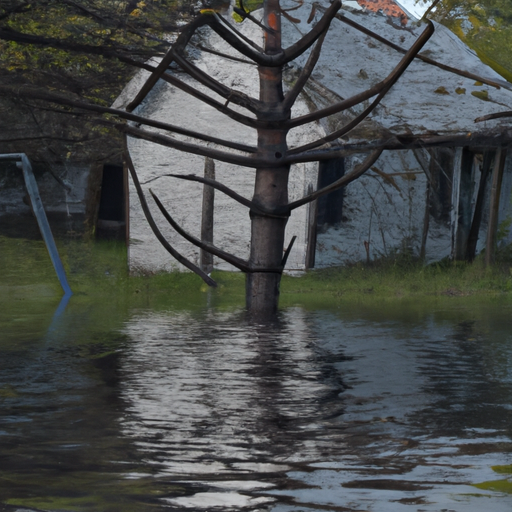
After a hurricane has passed, it is very important to assess the damage to your property and surrounding areas. This step is necessary to start the recovery process and determine the necessary actions. Here are some important points to consider when assessing the effects of a hurricane:
1. Safety first: Before you go out to assess the damage, make sure you are safe and the safety of those around you. Be careful of any downed power lines, downed trees, or unstable structures that may pose a hazard. If you have doubts about the safety of your surroundings, it is better to wait for professional help.
2. Check for Structural Damage: Start by inspecting your property for any visible signs of structural damage. Look for cracks in the walls or foundation, sagging roofs, or any other structural abnormalities. If you notice any serious structural damage, we recommend that you have a professional assess and repair it.
3. Assess water damage: Hurricanes often bring significant amounts of rain and flooding. Check for
3. Navigating Insurance Claims: Tips for Dealing with Coverage After a Hurricane
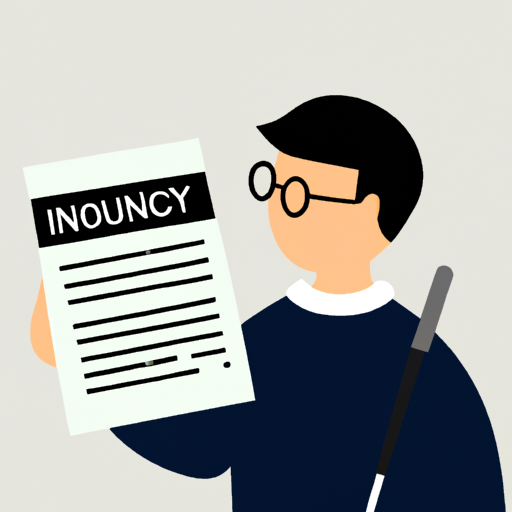
After a devastating hurricane, one of the most important tasks is navigating insurance claims and ensuring you get the coverage you need to recover and rebuild. Post-hurricane roofing can be a difficult and time-consuming process, but with the right tips and approach, it can become easier. Here are some key tips to help you navigate your insurance claims effectively:
1. Document the Damage: Before beginning the claims process, it is very important to thoroughly document all hurricane damage. Take photos and videos of the affected areas, making sure to capture both the overall scene and individual details. This visual evidence will be a valuable support during the application and negotiations with the insurance company.
2. Review your policy: Take the time to review your insurance policy carefully, paying close attention to coverage limits, deductibles, and any exclusions. Understanding the terms and conditions of your policy will give you a clear idea of what you are entitled to claim for and help you avoid any potential misunderstandings
4. Getting back to normal: important steps to recovery and rebuilding
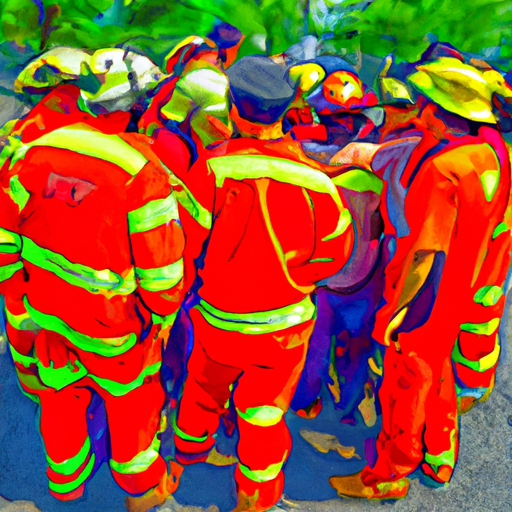
After a hurricane, one of the most important aspects of recovery is restoring normal life in the affected areas. This process can be difficult and time-consuming, but by following some important steps, communities can gradually recover and rebuild.
1. Assess the damage. The first step in restoring normal life after a hurricane is assessing the damage. A thorough assessment of the affected areas to determine the extent of destruction is critical. This assessment will help prioritize recovery and allocate resources effectively.
2. Ensure security: Security should always be the top priority during the recovery process. It is important to check for any potential hazards, such as downed power lines or structural damage, and take appropriate measures to mitigate the risks. Clearing roads and public spaces of debris should also be a priority to ensure safe access for emergency services and residents.
3. Coordination with emergency services: Co-operation with emergency services such as local authorities, police and fire services is extremely important. These agencies play an important role in
5. Community support: Finding help and resources after a hurricane
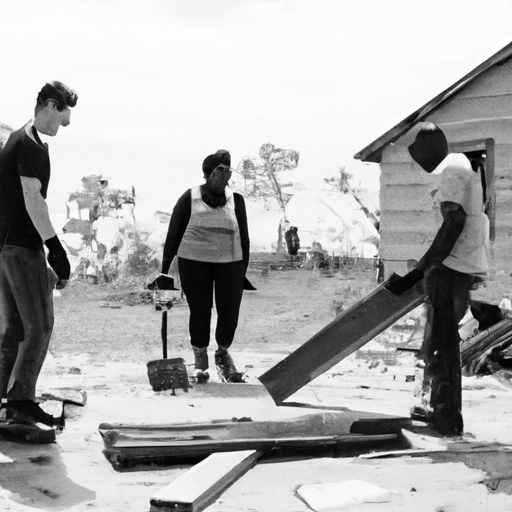
In the aftermath of a hurricane, it is critical to seek and use community support to overcome hardship and rebuild your life. Here are some ways to find help and resources after a hurricane:
1. Local authorities and emergency services: Contact your local authorities and emergency services for immediate help and information. They can provide updates on recovery efforts, emergency shelters and distribution centers for essential goods such as food, water and medical aid. Stay connected with their social media channels and website for the latest updates.
2. Non-commercial organizations. Many non-profit organizations play an important role in providing relief and support in the aftermath of a hurricane. These organizations often coordinate with local governments to provide assistance, including temporary housing, disaster relief kits, and financial assistance. Look for reputable organizations like the American Red Cross, Salvation Army, and United Way that have significant experience responding to natural disasters.
3. Volunteer Groups: Many volunteer groups are mobilized after a hurricane to provide practical assistance
In conclusion, the aftermath of a hurricane can be a difficult and overwhelming time for those affected. However, by following the steps outlined in this article, people can take the necessary steps to ensure their safety, assess damage, navigate insurance claims, resume normal lives, and find support in their communities. It’s important to remember that recovery takes time and patience, but with the right resources and support, people can rebuild their lives and homes after a hurricane. By taking initiative and taking the necessary steps, people can move forward with hope and resilience, knowing they have the knowledge and tools to recover and rebuild.
 Purex find
Purex find